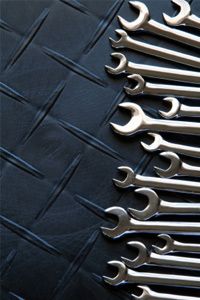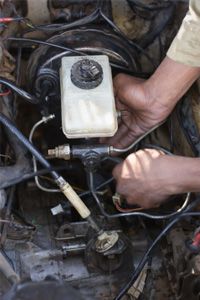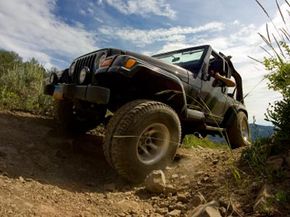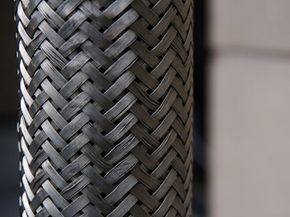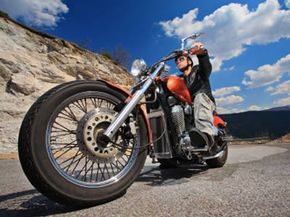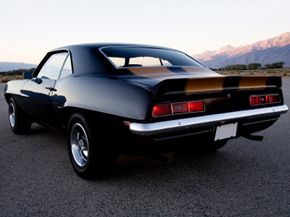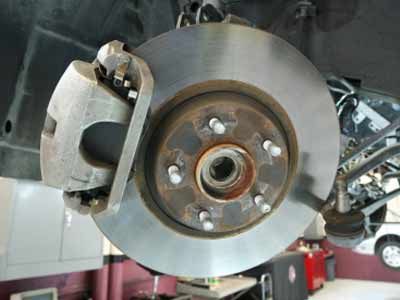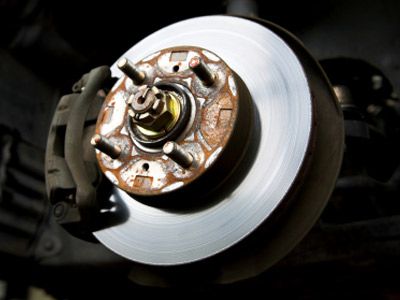It's happened to every driver at some point. One moment, you're cruising along without a care in the world. You're simply making your way from point A to point B and enjoying the relaxing ride in between. Then it happens: Without warning, there's something in the road ahead. You need to stop, and you need to do it now.
Advertisement
Having to slam on the brakes is a high-drama event that puts the spotlight on your car's braking system. Car brakes rarely get much attention -- that is, until there's an emergency. Then the system that stop-and-go commuters love to hate is on center stage. But how do brakes translate the pressure of your foot on the brake pedal into stopping power?
Arguably, one of the most important brake parts in turning pedal action into stopping power is a vehicle's brake lines. Most cars and light trucks have hydraulic braking systems. That means they use fluid to transfer the braking power from your foot to the brakes. In extremely basic terms, here's how a typical disc brake system operates: The fluid is stored in the master cylinder. When the brake pedal is applied, it moves fluid from the master cylinder to the brake calipers, forcing them to clamp down on the brake rotors to slow the car. That fluid is carried through the brake lines, making them a rather critical brake part. If your brake lines don't work, your brakes won't work and you (and your car) will be in a heap of trouble.
In this article, we're going to learn how brake lines work. We'll check out the tools you'll need to repair and replace them, how the lines are threaded through the car and learn about several different materials that brake lines can be made out of. We'll even learn about motorcycle brake lines. But first, let's investigate the tools you should have if you plan to do a little brake line work.
Advertisement

